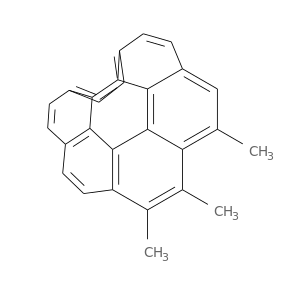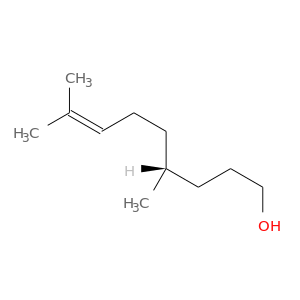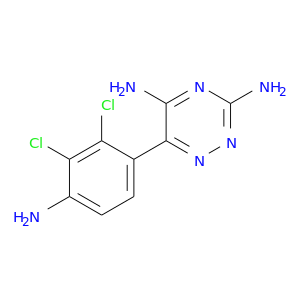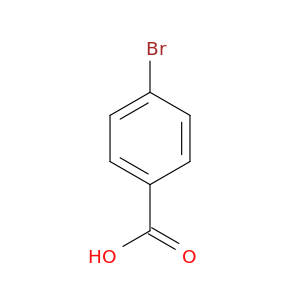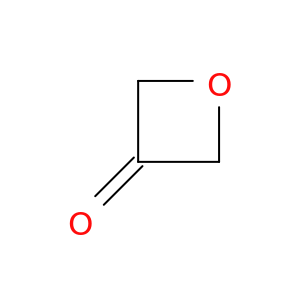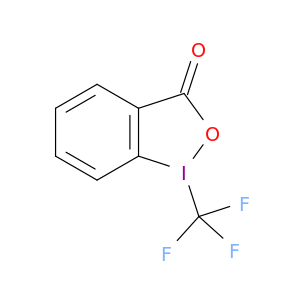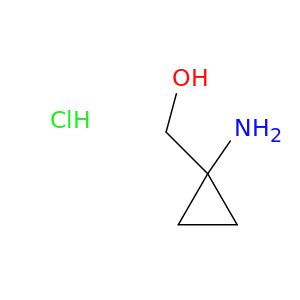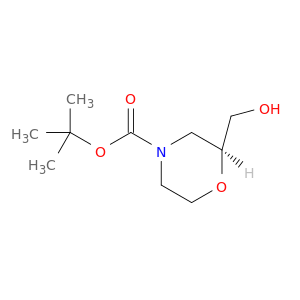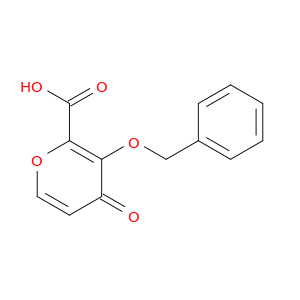200,000+ products from a single source!
sales@angenechem.com
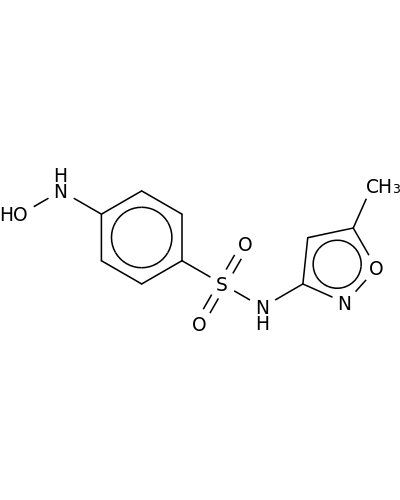
114438-33-4 | Benzenesulfonamide, 4-(hydroxyamino)-N-(5-methyl-3-isoxazolyl)-
CAS No: 114438-33-4 Catalog No: AG000EE7 MDL No:
Product Description
Catalog Number:
AG000EE7
Chemical Name:
Benzenesulfonamide, 4-(hydroxyamino)-N-(5-methyl-3-isoxazolyl)-
CAS Number:
114438-33-4
Molecular Formula:
C10H11N3O4S
Molecular Weight:
269.2770
IUPAC Name:
4-(hydroxyamino)-N-(5-methyl-1,2-oxazol-3-yl)benzenesulfonamide
InChI:
InChI=1S/C10H11N3O4S/c1-7-6-10(12-17-7)13-18(15,16)9-4-2-8(11-14)3-5-9/h2-6,11,14H,1H3,(H,12,13)
InChI Key:
MJAMPGKHIZXVFJ-UHFFFAOYSA-N
SMILES:
ONc1ccc(cc1)S(=O)(=O)Nc1noc(c1)C
NSC Number:
665547
Properties
Complexity:
362
Compound Is Canonicalized:
Yes
Covalently-Bonded Unit Count:
1
Defined Atom Stereocenter Count:
0
Defined Bond Stereocenter Count:
0
Exact Mass:
269.047g/mol
Formal Charge:
0
Heavy Atom Count:
18
Hydrogen Bond Acceptor Count:
7
Hydrogen Bond Donor Count:
3
Isotope Atom Count:
0
Molecular Weight:
269.275g/mol
Monoisotopic Mass:
269.047g/mol
Rotatable Bond Count:
4
Topological Polar Surface Area:
113A^2
Undefined Atom Stereocenter Count:
0
Undefined Bond Stereocenter Count:
0
XLogP3:
1.1
Literature
| Title | Journal |
|---|---|
| Reduction of sulfamethoxazole hydroxylamine (SMX-HA) by the mitochondrial amidoxime reducing component (mARC). | Chemical research in toxicology 20141020 |
| Prevention of virus-induced type 1 diabetes with antibiotic therapy. | Journal of immunology (Baltimore, Md. : 1950) 20121015 |
| Combined ascorbate and glutathione deficiency leads to decreased cytochrome b5 expression and impaired reduction of sulfamethoxazole hydroxylamine. | Archives of toxicology 20100801 |
| Stimulation of human T cells with sulfonamides and sulfonamide metabolites. | The Journal of allergy and clinical immunology 20100201 |
| Cytochrome b5 and NADH cytochrome b5 reductase: genotype-phenotype correlations for hydroxylamine reduction. | Pharmacogenetics and genomics 20100101 |
| HIV Tat potentiates cell toxicity in a T cell model for sulphamethoxazole-induced adverse drug reactions. | Virus genes 20090601 |
| Nonenzymatic formation of a novel hydroxylated sulfamethoxazole derivative in human liver microsomes: implications for bioanalysis of sulfamethoxazole metabolites. | Drug metabolism and disposition: the biological fate of chemicals 20081201 |
| Formation and uptake of arylhydroxylamine-haptenated proteins in human dendritic cells. | Drug metabolism and disposition: the biological fate of chemicals 20070401 |
| Roles of endogenous ascorbate and glutathione in the cellular reduction and cytotoxicity of sulfamethoxazole-nitroso. | Toxicology 20060501 |
| Disruption of the endoplasmic reticulum by cytotoxins in LLC-PK1 cells. | Toxicology letters 20051115 |
| Reduction of sulfamethoxazole and dapsone hydroxylamines by a microsomal enzyme system purified from pig liver and pig and human liver microsomes. | Life sciences 20050527 |
| Differential toxicity of reactive metabolites of clindamycin and sulfonamides in HIV-infected cells: influence of HIV infection on clindamycin toxicity in vitro. | Journal of clinical pharmacology 20050301 |
| Exposure of mice to the nitroso metabolite of sulfamethoxazole stimulates interleukin 5 production by CD4+ T-cells. | Toxicology 20050115 |
| The effect of clarithromycin, fluconazole, and rifabutin on sulfamethoxazole hydroxylamine formation in individuals with human immunodeficiency virus infection (AACTG 283). | Clinical pharmacology and therapeutics 20041001 |
| Plasma ascorbate deficiency is associated with impaired reduction of sulfamethoxazole-nitroso in HIV infection. | Journal of acquired immune deficiency syndromes (1999) 20040815 |
| Novel non-labile covalent binding of sulfamethoxazole reactive metabolites to cultured human lymphoid cells. | Chemico-biological interactions 20021110 |
| Inhibition by atovaquone of CYP2C9-mediated sulphamethoxazole hydroxylamine formation. | European journal of clinical pharmacology 20020401 |
| Effect of lipopolysaccharide (LPS)-evoked host defense activation on hepatic microsomal formation and reduction of sulfamethoxazole hydroxylamine in the rat. | Biochemical pharmacology 20010815 |
| Inhibition of cytokine production and interference in IL-2 receptor-mediated Jak-Stat signaling by the hydroxylamine metabolite of sulfamethoxazole. | FASEB journal : official publication of the Federation of American Societies for Experimental Biology 20010801 |
| Antigenicity and immunogenicity of sulphamethoxazole: demonstration of metabolism-dependent haptenation and T-cell proliferation in vivo. | British journal of pharmacology 20010501 |
| Influence of reduced glutathione on the proliferative response of sulfamethoxazole-specific and sulfamethoxazole-metabolite-specific human CD4+ T-cells. | British journal of pharmacology 20010201 |
| Recognition of sulfamethoxazole and its reactive metabolites by drug-specific CD4+ T cells from allergic individuals. | Journal of immunology (Baltimore, Md. : 1950) 20000615 |
Related Products
Featured Products
© 2019 Angene International Limited. All rights Reserved.


